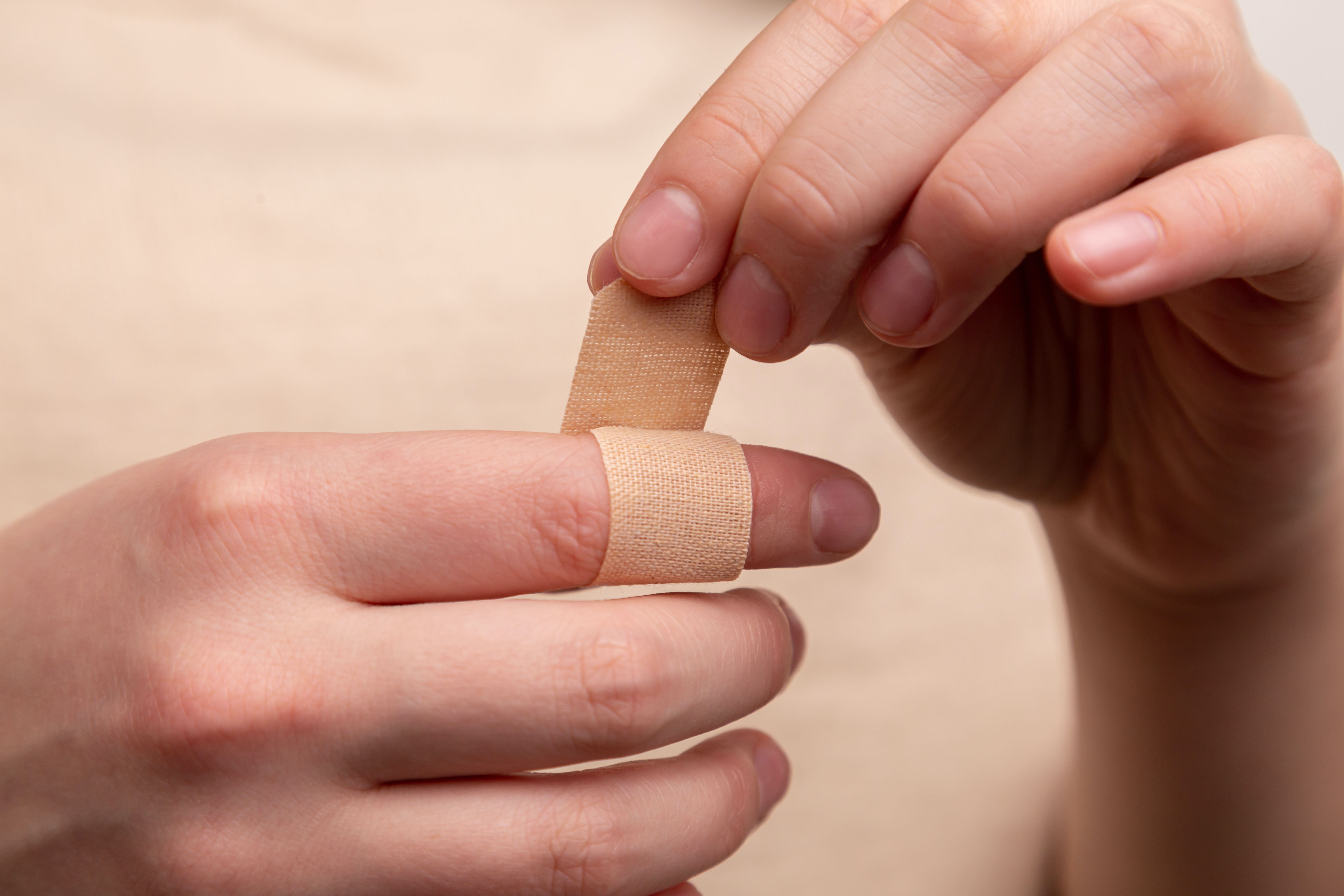Without platelets, humans might have bled to death even with the tiniest of wounds. But is their only function to stop blood loss? New results suggest that they could also help in starting to heal a wound by forming new specialized tissue. These findings pave the way for improvements in implanted medical devices and treatment options for those suffering from frequent bleeding.
Views 2253
Reading time 3.5 min
published on Mar 28, 2023
No matter if it is a nosebleed, a scratch, or a cut – we regularly rely on our body’s innate ability to stop the loss of blood from injured blood vessels. This task is mainly done by little cells in our blood stream called "platelets”. After detecting an injury in a blood vessel wall, they clump together to stop the bleeding. The formation of this blood clot, mainly stabilized by platelets, needs to find a balance between stopping the bleeding and not clogging up the vessel. An imbalance in this system can be fatal — heart attacks are one such example. When the damaged blood vessel has been sealed, typically after only a few minutes, it still takes several days for the wound to heal. Our study now suggests that platelets also could have an overlooked role in starting the tissue repair process.
The transformation of a fresh wound into something that resembles the seamless tissue, that existed prior to the injury, is not straight forward. Wound healing knows different phases. First, platelets that hold together a blood clot serve as a provisional “house” for other cells producing tissue. The most important cells during wound healing are called fibroblasts which further stabilize the “house” by synthesizing new tissue. This tissue is made up of an important protein called fibronectin that forms little string-like connections (a.k.a. fibrils).
Mechanical forces are universally present in our body. Such forces, like that of the blood stream or the pull exerted during the contraction of a blood clot, also govern the functioning of platelets. Past research has shown that fibroblasts, the wound-healing cells, use mechanical pulling forces to probe their environment. Conversely, these cells can also change the environment by pushing and pulling on it. An important example is the above-mentioned formation of new tissue with the help of protein strings, better known as the fibronectin fibrils.
Over the last decade, studies have shown that platelets are “really strong”, meaning they can exert substantial forces on their surroundings, an ability that helps them seal off a blood vessel leak. So we asked the question — if fibroblasts can use their pulling forces to form fibronectin fibrils, might platelets also be able to do the same? If so, this would mean that platelets might be the first cells that start the wound-healing process, just minutes after the blood clot formation.
Since platelets are about tenfold smaller than fibroblasts, we had to find a technique to visualize them and any formed fibronectin fibrils. We used super-resolution microscopy, a novel technique that yields images showing small details even a hundredtimes smaller than a platelet. To measure the pulling forces of platelets, we visualised them sitting on a bed of pillars and pulling at them. The bending of the pillars can be seen under a microscope and the exerted forces calculated. To mimic different environments, pillars (or glass surfaces) were coated with specificbiomolecules (proteins)that platelets encounter after a vessel injury.
We discovered that depending on the protein coating, platelets assembled fibronectin networks with different architectures. Platelets in contact with proteins normally found in the clot (fibronectin, fibrin) pulled the fibronectin fibrils mainly above them, like covering themselves with a blanket. In contrast, platelets sitting on proteins that are responsible for tissue formation around blood vessels created a flat wavy fibronectin network underneath themselves, like rolling out a carpet. We then measured the pulling forces of platelets when they were in contact with different proteins and found that they were higher on the clot proteins. Our results suggest that proteins found in different micro-environments at the wound site simultaneously instruct the platelets on how strongly to push and pull within their environment and what type of fibronectin meshes they form.
Overall, this work identified platelets as new contributors to tissue formation during wound repair. They sense the clot environment and then fill their surroundings with a provisional protein matrix, a task that is continued by fibroblasts few days later. This discovery could help us to understand how blood clots can be step-by-step replaced by new tissue without risking re-bleeding. It might open up new treatment possibilities to enhance wound healing responses in patients who regularly suffer from bleeds, such as in diabetes. Our findings are also relevant for the wider field of tissue engineering and for implanted medical devices, where the contact of a (bio)material with blood can decide over success or failure.
Original Article:
Lickert, S., Kenny, M., Selcuk, K., Mehl, J. L., Bender, M., Früh, S. M., Burkhardt, M. A., Studt, J.-D., Nieswandt, B., Schoen, I., & Vogel, V. (2022). Platelets drive fibronectin fibrillogenesis using integrin αIIbβ3. Science Advances, 8(10). https://doi.org/10.1126/sciadv.abj8331
 Health & Physiology
Health & Physiology



